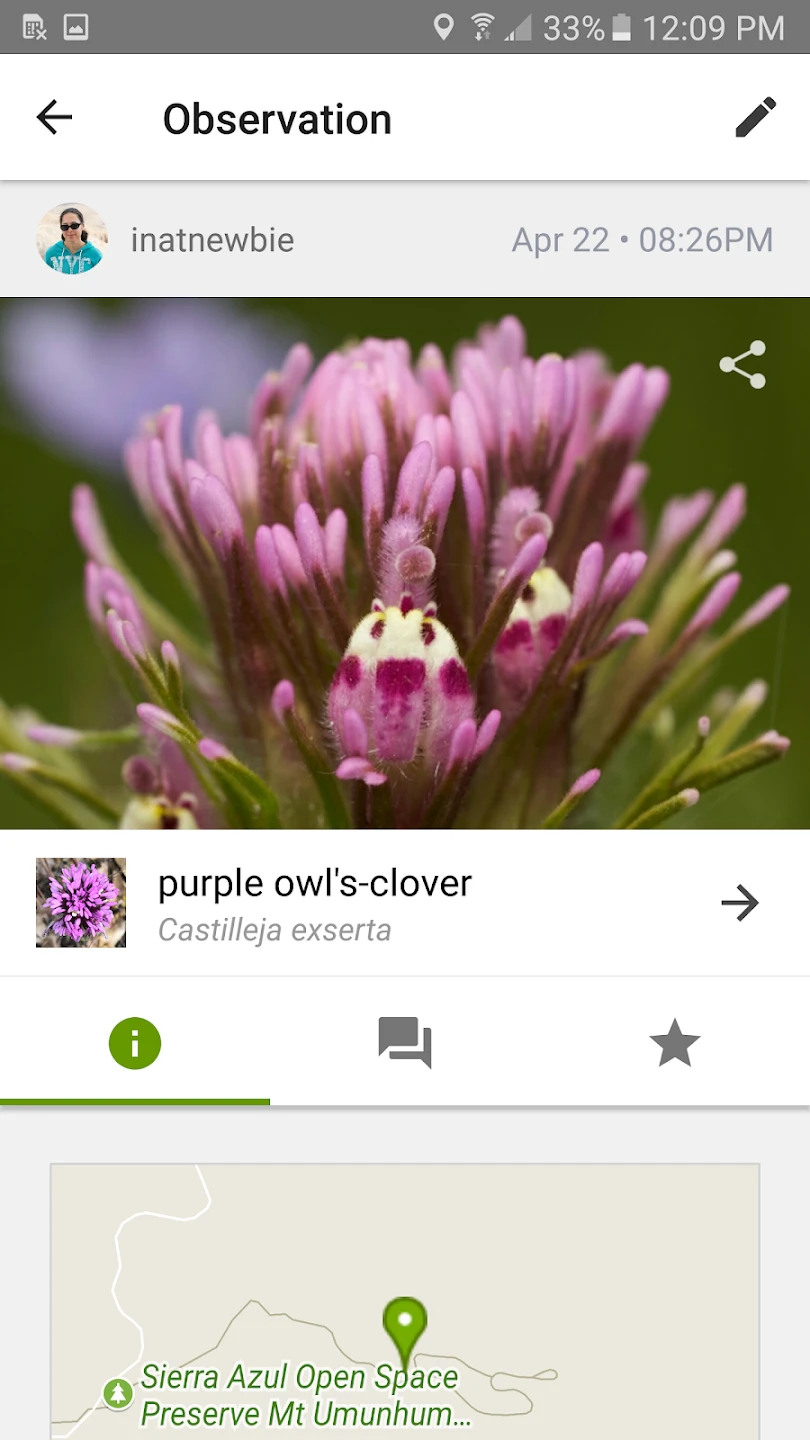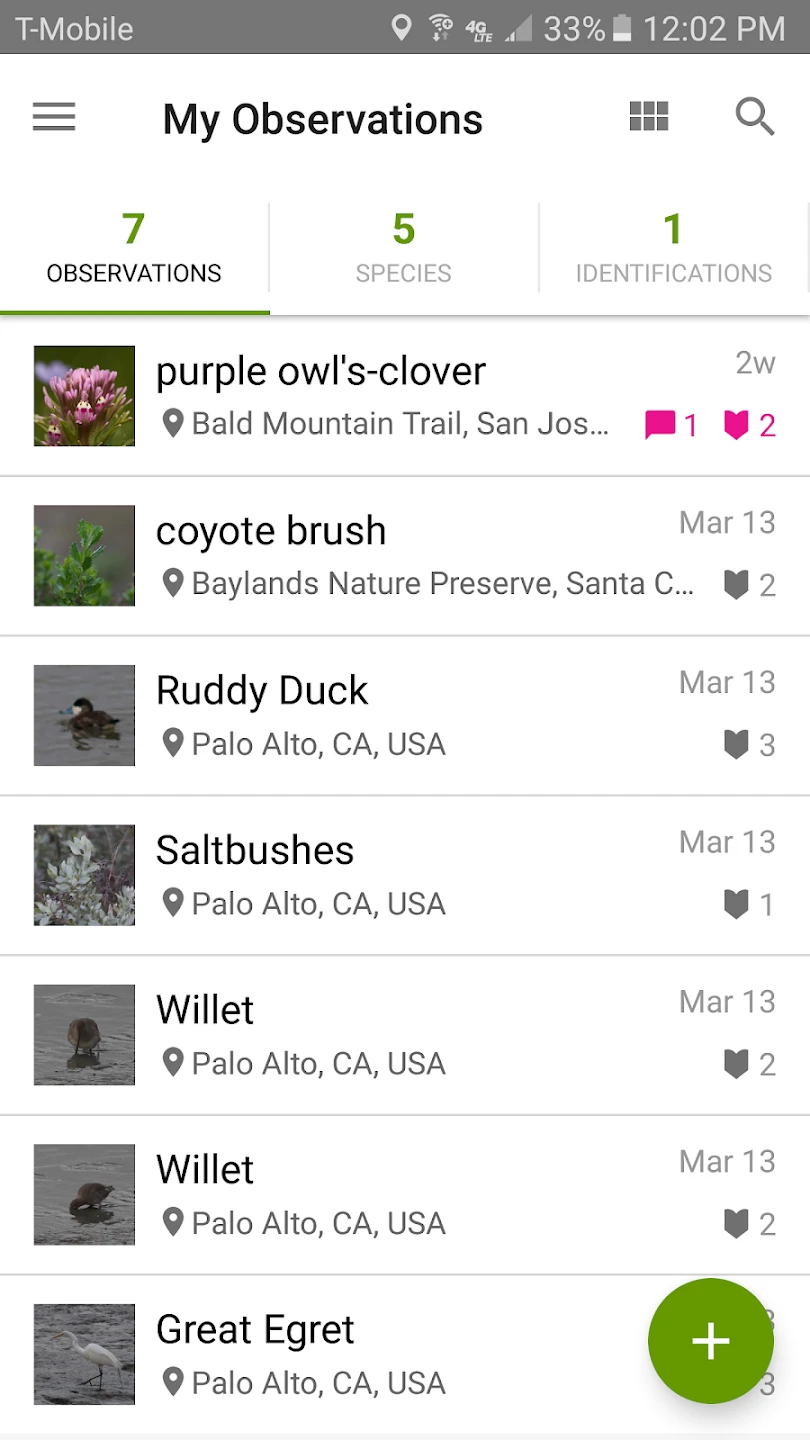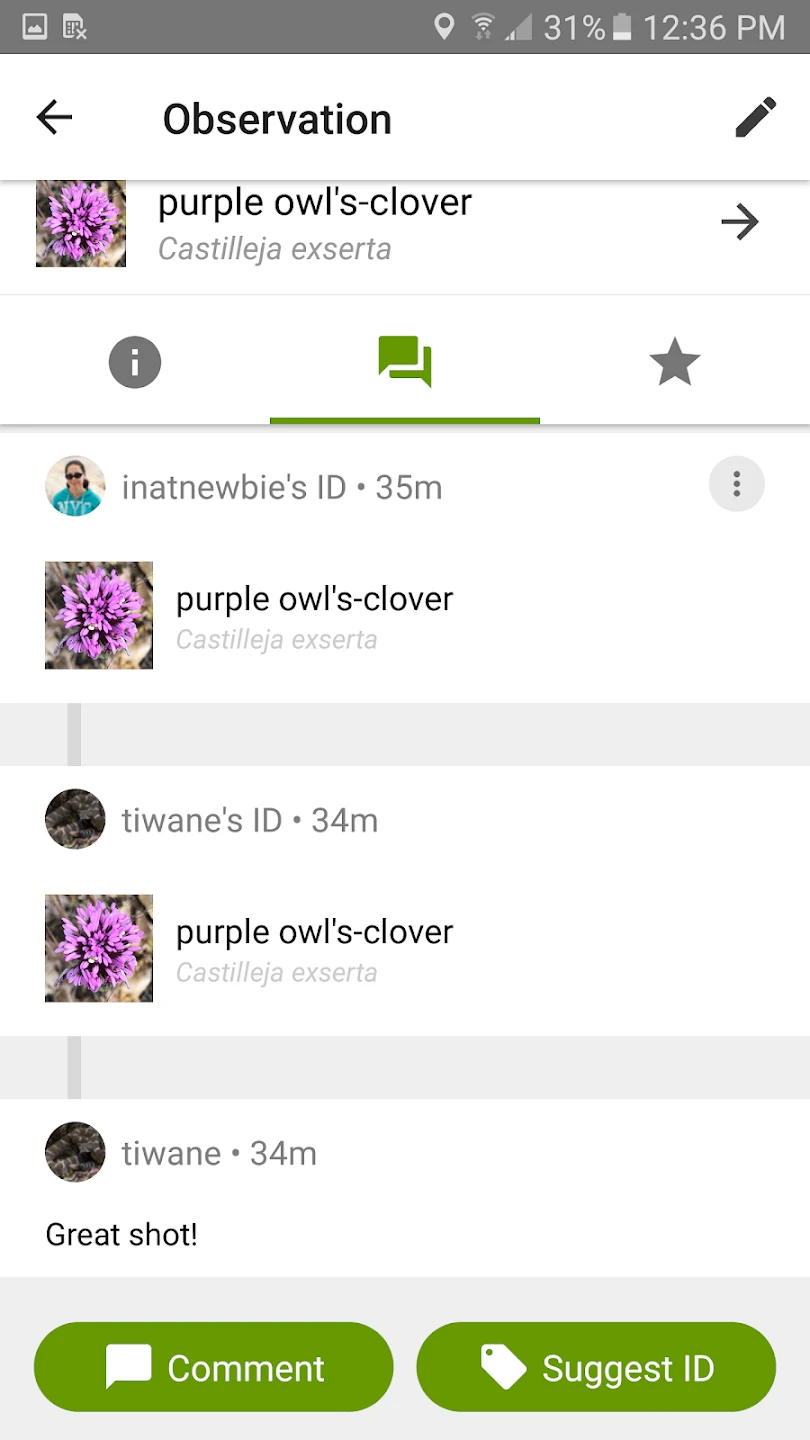 |
|
| Rating: 4.1 | Downloads: 5,000,000+ |
| Category: Education | Offer by: iNaturalist |
iNaturalist is a nature observation platform that enables users to document and share photos of plants and animals they encounter in the wild. By combining a powerful identification tool with a global community of naturalists, it allows anyone from casual nature lovers to professional scientists to participate in citizen science. The app is primarily designed for field biologists, photographers, and everyday enthusiasts who want to explore nature and contribute to biodiversity research.
The core appeal of iNaturalist lies in its ability to transform everyday nature encounters into scientific contributions, creating a valuable database for ecological studies while engaging users through community feedback and expert identifications. It serves as both a personal nature journal and a collaborative research platform, making biodiversity documentation accessible to non-experts and providing researchers with authentic, geotagged observations from diverse locations worldwide.
App Features
- Bulk Upload & Batch Processing: This feature lets users upload multiple photos simultaneously, significantly speeding up documentation during species-rich field visits. Imagine observing 50 different plants in a single hike; instead of individually uploading each photo, you can select them all at once, automatically organizing observations by species and location for efficient data contribution.
- Machine Learning Identification: Leveraging sophisticated algorithms, this technology instantly suggests potential matches for your specimen photos, providing genus and often species level accuracy. This eliminates the need for specialized guides or expert consultation during field visits, allowing for rapid documentation even in remote locations and enabling timely identifications before returning to the office or lab.
- Community-Based Verification & Identification: Users can share observations with the global iNaturalist community, receiving identifications and feedback from experts and fellow enthusiasts. This collaborative system provides multiple expert opinions for complex cases, ensuring more accurate records and helping users learn from each other’s knowledge, which is particularly valuable for distinguishing between similar-looking but ecologically distinct species.
- Comprehensive Data Logging & Mapping: Every observation records crucial data like species identification (official or suggested), location GPS coordinates, date, time, and photo evidence, creating standardized biodiversity records. This structured documentation format makes iNaturalist observations directly usable in scientific research databases like GBIF and eBird, contributing valuable citizen science data to ecological monitoring projects worldwide.
- Species Lists & Project Tracking: The platform automatically generates personalized and location-based species checklists, tracking observed biodiversity over time and across different areas. This feature allows users to monitor changes in their local ecosystem, participate in regional biodiversity challenges, and systematically document their personal exploration achievements, from backyard sightings to multi-country expedition records.
- Offline Mapping & Data Sync: Users can download maps and species guides for offline use in remote areas with poor connectivity, and sync their observations later once back online. This capability is essential for fieldwork in data-sparse regions, ensuring documentation isn’t interrupted by connectivity issues, while still maintaining cloud-based data contribution once access is restored.
Pros & Cons
Pros:
- Powerful Identification AI
- Vast Community Knowledgebase
- Seamless Data Contribution
- Engaging Citizen Science
Cons:
- Identification Accuracy Can Vary
- Interface Can Be Cluttered
- Requires Internet for Full Sync
- Privacy Settings Learning Curve
Similar Apps
| App Name | Highlights |
|---|---|
| PictureThis |
Specializes in plant identification, offers detailed care guides, and has a beautiful interface focused solely on flora. Known for detailed plant profiles including care instructions and regular database updates with newly discovered species. |
| Seek by iNaturalist |
A mobile-focused spinoff designed specifically for quick observations and identifications in the field. Ideal for beginners, featuring simplified workflows and gamification elements like streaks and achievements. |
| Merlin Bird ID |
Developed by the Cornell Lab of Ornithology, it focuses primarily on bird identification using audio and visual clues, with robust scientific data behind it. Offers audio recording analysis, migration maps, and probability-based species suggestions with detailed occurrence data. |
Frequently Asked Questions
Q: How accurate is the AI identification feature?
A: The AI-powered identification system is quite robust, drawing from a vast database of verified species records. However, accuracy depends on photo quality and lighting conditions. The community verification feature is essential for confirmation, as experts can review and adjust AI suggestions.
Q: Can I use iNaturalist for scientific research?
A: Absolutely! iNaturalist observations contribute directly to numerous scientific projects. Data is exported in standardized formats and can be used for studies on species distribution, phenology, and conservation. Many journals and researchers cite iNaturalist data.
Q: What’s the difference between an ‘observation’ and an ‘identification’?
A: An Observation is a single photo you upload, representing a potential sighting. An Identification is a species name assigned to that observation by you or community members. One observation can receive multiple identifications, especially from different users or for complex cases.
Q: Is my location data shared automatically?
A: Location sharing is opt-in. You control your privacy settings completely. You can turn off location services in the app, and all geotagged photos are visible only to those you choose to share with, or to the entire community if you prefer.
Q: Can iNaturalist work offline?
A: While full functionality requires an internet connection for map updates and data syncing, you can download species guides and maps for limited offline identification capabilities. However, observations won’t sync until you’re back online, and advanced features like community identifications are only available connected.
Screenshots
 |
 |
 |
 |






